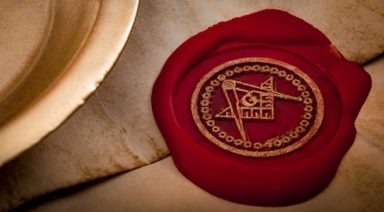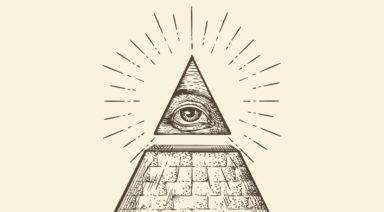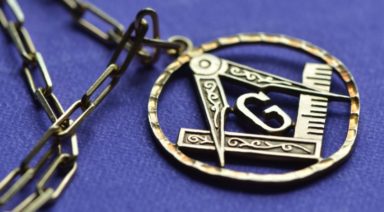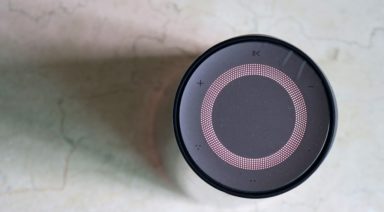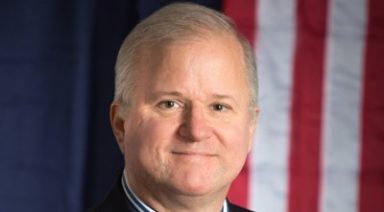Exploring Alchemical Symbols
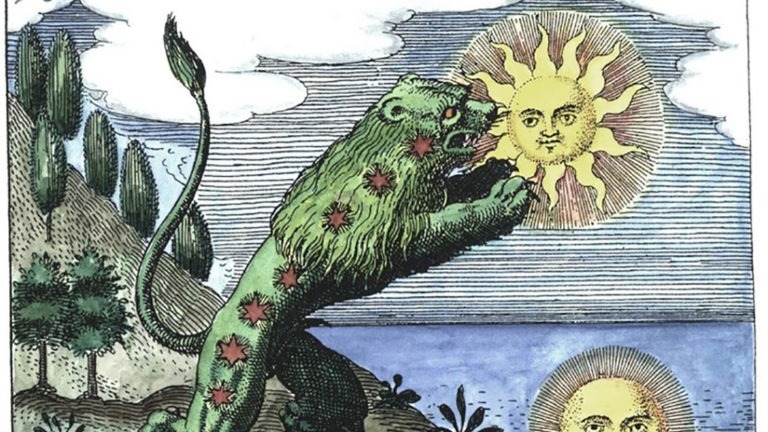
Symbols and allegories were common parlance during the “golden age” of alchemy — the 17th and 18th centuries. An example is the 17th Century British folk song, “John Barleycorn,” which tells the harrowing story of poor John Barleycorn, subjected to torture, abuse, death, and ultimately, triumph.
“They ploughed, they sowed, they harrowed him in
Throwed clods upon his head,
Til these three men were satisfied
John Barleycorn was dead.”
Other verses describe John Barleycorn being cut off at the knees, tied around the waist, stabbed in the heart with forks, having his skin split from the bone and ground between two stones, and being drowned. The final verses are:
“There’s beer all in the barrel and brandy in the glass
But little Sir John, with his nut-brown bowl, proved the strongest man at last.
And the huntsman he can’t hunt the fox nor loudly blow his horn
And the tinker he can’t mend his pots without a little barleycorn.”
In John Barleycorn’s final incarnation, as distilled whiskey, he can lay low (intoxicate) any man who challenges him; others depend on him to ease their existence. The abuses our hero endures correspond to the stages of planting, growing, harvesting, and milling barley and distilling whiskey.
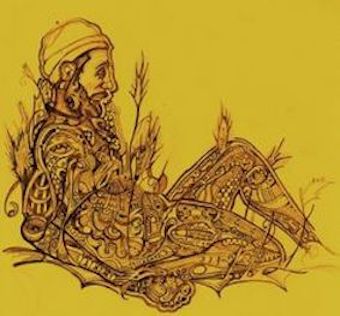
John Barleycorn’s trials are an allegory of distillation disguised in a tale of death and triumph. And so it is with alchemy — texts, treatises, and instructions are mazes of allegorical symbols and metaphor — all designed to hide true meaning from prying eyes.
Whether allegory, literary metaphor, spiritual discipline, or literal craft, alchemy is the art and science of transforming one substance to another — just as in the case of distilling spirits from grains. Western alchemical traditions come to us from ancient Egypt, and were carried to Europe in medieval times.
Other alchemical schools flourished throughout the Middle East, entering Europe through Moorish Spain. In Asia, sophisticated alchemical practices evolved — both physical and esoteric. The complex system of alchemical symbols and riddles was sometimes called “the language of birds.” In Western hermetic alchemy, riddle-like instructions applied to both mundane and spiritual processes. In fact, alchemical symbols, operations, and results are metaphors for the spiritual transformation of the soul, reflecting the words of the original alchemist, Hermes Trismegistus: “As above, so below — as within, so without.”
The alchemical quest of transmuting lead to gold was, in the highest sense, a metaphor for transmuting the “lead” or “dross” of the unevolved human spirit to the “gold” of realization, represented by the philosopher’s stone. In an exhibit at the Brown University Library, “Alchemical Symbols as a Secret Code,” a manuscript descriptions reads, “For centuries, mysticism and the occult were an integral part of alchemy and its secrets. The symbols were rendered into allegorical writings and magical invocations which obscured the recipes that led to perfection, the Philosopher’s Stone.”
Materia Prima
Also known as “The First Thing,” as per the renegade pharaoh Akhenaten, the concept comes down from Egyptian, then Hermetic alchemical traditions. This mysterious, fundamental “dark matter” of the universe was considered the driving force of totality. It has been called “unorganized proto-matter,” and “The Cornerstone the Builders Forgot,” found on the threshold between manifest and unmanifest. Some believe it is Wilhelm Reich’s “orgone” energy; others call it “chi,” or “prana.”
The materia prima is the prime matter from which the elements emerge. Werner Heisenberg, a 20th century nobel-prize winning theoretical physicist, said that quantum particles, the “materia prima” of quantum theory, “Are not as real; they form a world of potentialities or possibilities rather than one of things or facts.” If captured by one who knew how to use it, the materia prima made visions and dreams manifest, fulfilling all wishes.
The Principles and Elements of Alchemy
To the alchemist, everything on every plane, from the earthly to the subtle, is composed of the four elements — air, fire, earth, and water. At first glance this seems simplistic, but considered in combinations and quantities, the possibilities become staggering. And when you consider the elements under the influence of the principles of heat, cold, expansion, contraction, dampness, and dry, the complexities and combinations become almost infinite.
Alchemists put long, hard work into identifying the elemental constructs of everything in the natural world — from plants and minerals to human temperament and characteristics. For example, while an ordinary rock would seem to fall within the earth element, on closer inspection it may take on other characteristics under the influence of catalysts such as heat. It may melt (water), vaporize (air), burn (fire), or decompose. Note that these descriptions are based on alchemical definitions, and do not reflect the elements in other disciplines or traditions.
Air: The air element is constantly in motion, and can be intelligence or “spaciness.” The mind’s power is derived from the air element, and all communication falls within air’s domain. Air is also carrier for fire and heat, water as vapor (clouds), and earth as dust or sand. Breath, as air, is related to spirit, and the air elemental is the sylph.
Fire: Flames and heat correspond to energy itself for the alchemist, and fire acts upon all other substances as a catalyst — either forcing a change state or reduction to ash. Fire is often represented as a salamander, considered an elemental fire spirit. Its symbol, the upward pointing triangle, symbolizes the rising, radiative energy of heat and fire.
Water: Water, with cold and moist properties, is a downward pointing triangle representing the flowing search for the lowest resting point. Water is related to intuition and the feminine, and is a carrier, like air, for other elements and substances. Water’s elemental spirit is the undine.
Earth: Cold and dry, earth relates to the physical body as well as the stuff on the ground. Earth also relates to physical sensation. The gnome is the earth’s elemental, and residue left after something burns, such as ash, corresponds to earth.
The Three Essential Principles
For the alchemist, everything begins and ends with the three essential principles: salt, mercury and sulphur. Salt represents earth and the physical body — the salt also relates to the mineral aspect of all life, and is considered the densest of the essential substances. The entire mineral kingdom, filled with crystalline structures, is represented by salt.
Sulphur includes the elements of air and fire, and on the subtle level is the symbol for the soul. In the animal kingdom that includes humans, sulfur relates to the essential life force, representing “the flame of consciousness.” In the plant kingdom, sulphur relates to essential oils extracted from plants — volatile when heated and dispersed by air. In fact the entire vegetable kingdom falls under the rulership of sulphur.
Mercury, composed of water and air elements, is the intermediary between those elements. Named for the messenger of the gods, Mercury is in constant motion between heaven and earth, and corresponds to the human spirit. Physical mercury is solid and liquid at the same time, and is easily vaporized by fire. The animal kingdom, in eternal motion, is under the rulership of mercury.
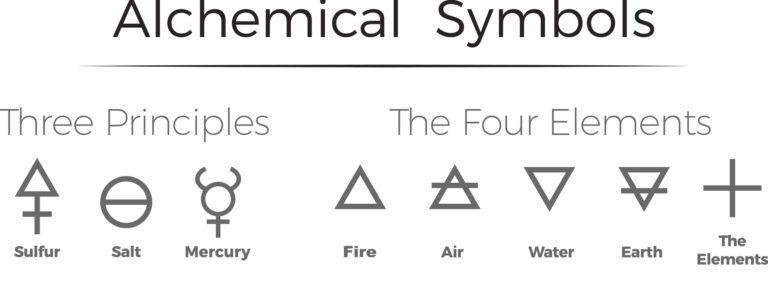
The Philosopher’s Stone
The aim of classical Hermetic alchemy, called the “Magnum Opus,” or “Great Work,” is to follow seven steps to produce the “Philosopher’s Stone.” The holy grail of mundane alchemy is to turn base metals like lead into gold — the Philosopher’s Stone is essential to that operation. It is also said to provide immortality, and on esoteric, subtle levels, the Philosopher’s Stone represents the fulfillment of the soul’s potential — illumination, enlightenment and bliss.
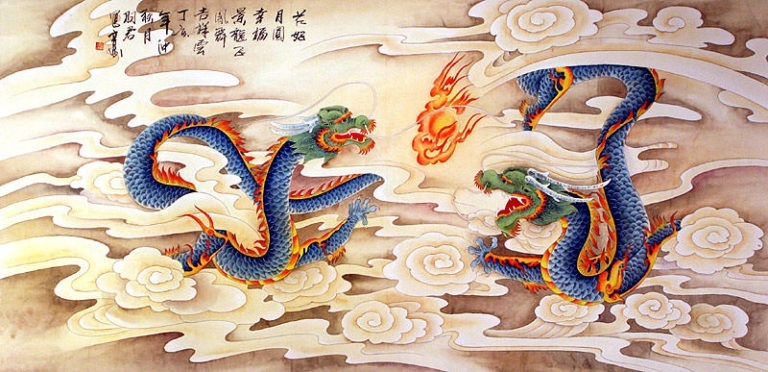
Chinese dragons with the flaming alchemical Pearl of Great Price
The same is true in Eastern alchemical traditions — Taoist alchemists called the stone “The Pearl of Great Price,” only obtainable by snatching it from a jealous dragon. In tantric traditions, the stone was called the the “Jiva Ratna,” translating to the ”jewel of life,” and the “Chintamani,” or “wish-fulfilling jewel,” kept for safekeeping by the Nagas, a species of watery dragon-snake beings.
The stone is represented, in Hermetic traditions, by the “Squared Circle,” a circle enclosed by a square within a triangle enclosed by another circle. The ancients wrestled with the problem of creating a square and a circle with the same area, a Euclidean geometry axiom what was proven impossible by the Lindemann-Weierstrass theorem of 1882. For the alchemists, squared circle stood as a metaphor and symbol for attempting the impossible, i.e. the magnum opus.
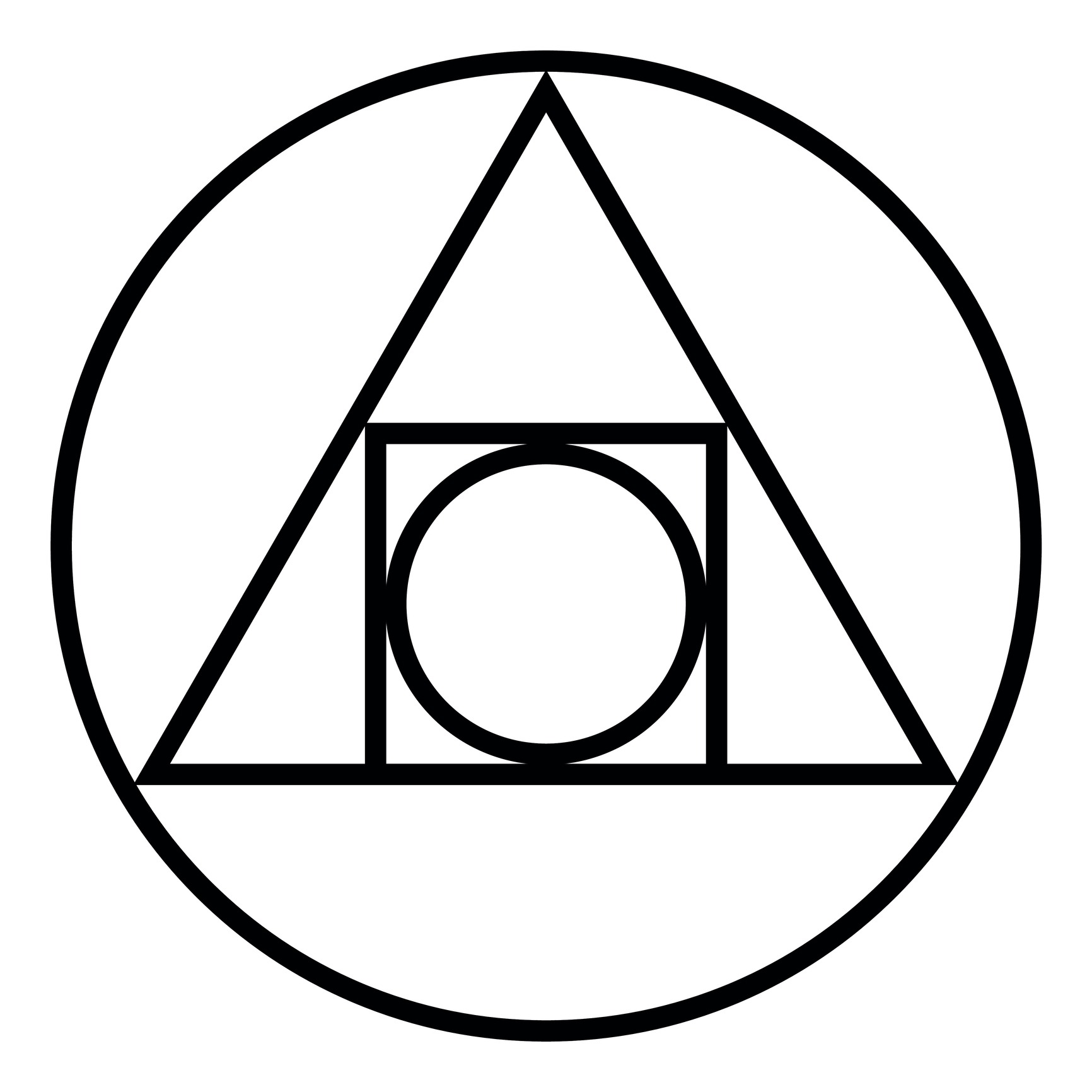
The Squared Circle
Explorations of vivid, fantastical alchemical art, engravings, and symbols bring the history of the Great Work to life. Gaining insight into what was, for centuries, the ultimate quest, on both gross and subtle levels, is a journey into the history of the human imagination — and some believe it is that imagination that is the true philosopher’s stone.
Famous Members of the Ancient Freemason Society
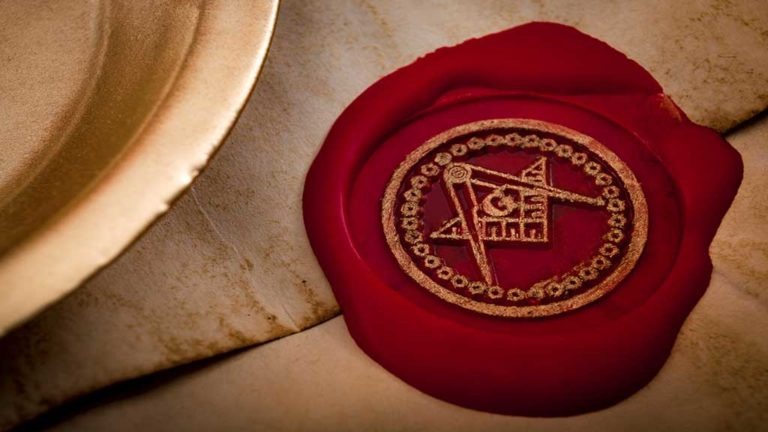
Often associated with cultish rituals, secret handshakes, and grand ceremonial robes, Freemasonry is one of the largest, oldest, and perhaps least understood organizations in the world. Though the society was formally established three hundred years ago in 1717, it is rooted in the builders’ guilds of the early Middle Ages. Indeed, the oldest known Masonic document, the Regius Manuscript, dates to 1390 and describes, in 794 verses, the duties and obligations of the stone cutters and masons.
At its inception, Freemasonry stood as an elite but secret organization to which the builders of Europe’s grand and elaborate cathedrals and castles belonged. Those who joined were not bondsmen, but were free craftsmen — master architects, engineers, and mathematicians — and it was only within the confines of the lodges they built, in their covert meetings, that they shared trade secrets with other guild members and apprentices sworn to secrecy.
As cathedral building stalled and the scope of masonic projects changed, these guilds found it necessary to accept a wider variety of members, branching off to form different sects that they called “lodges.” Eventually, they all coalesced into one formal organization, known as the “Grand Lodge.”
The Knights Templar
The Knights Templar was an order of warrior-like Catholic monks in 1118 A.D. who guarded crusading pilgrims, as they made their way from Jaffa to Jerusalem. They are said to have harvested a great treasure from Solomon’s temple that King Philip IV of France desired, and so the king had them arrested, burning their leader, Jacques DeMolay at the stake. What happened to the Knights Templar after their arrest has become lost to history. Though Encyclopedia Britannica asserts that the Freemasons do not have any historical connection with the Knights Templar, there is still quite a bit of suspicion that the Knights Templar re-emerged in the 1700s, and even helped start the French Revolution, to exact revenge.
Masonic Sacred Geometry
One of the defining aspects of Masonic architecture and art is its representation of sacred geometry — shapes and various geometric patterns that are found repeated throughout the natural world. The Freemasons believed that sacred geometry imbued their architecture or creation with a sense of the divine. For example, the Fibonacci Sequence, one of the most famous patterns in mathematics, is represented by the spiral shape, symbolizing a gateway or life cycles. One will often find winding staircases in castles and cathedrals, symbolizing life’s journey and the awakening of the soul.


